



24




24
Toronto Master Gardeners are hosting the 2023 virtual technical update via Zoom
Saturday, January 14, 2023 10am-2:30pm
Theme: ECOLOGICAL GARDENING PART 2: Digging deeper into our changing relationship with the garden.
More info & registration here: //www.torontomastergardeners.ca/technical-update-2023/
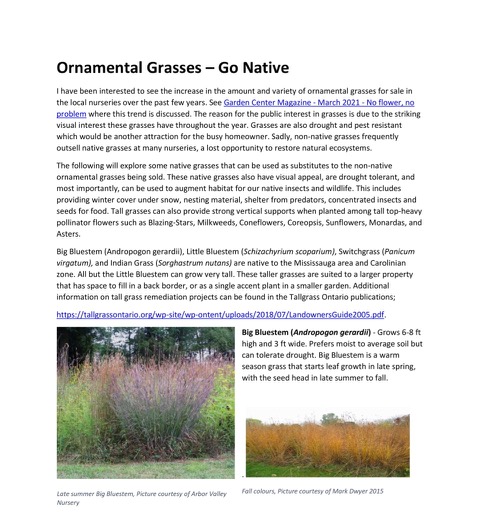
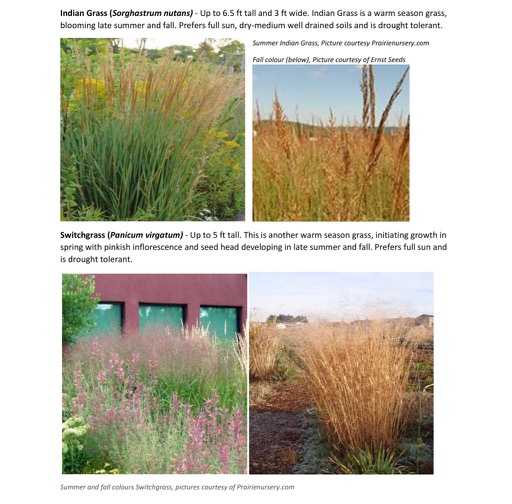
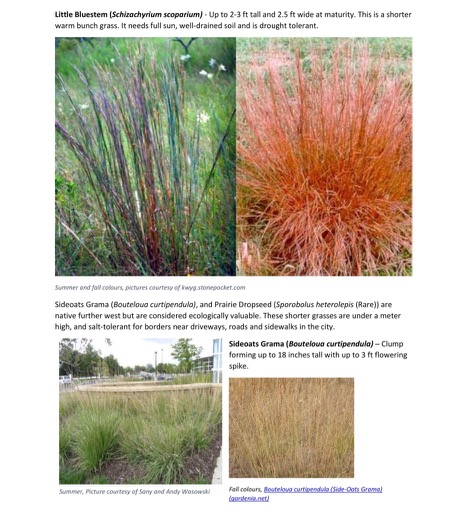
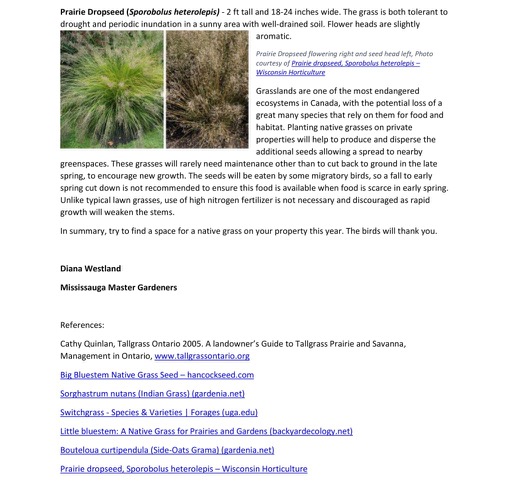

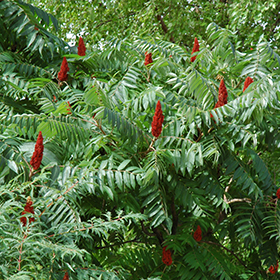
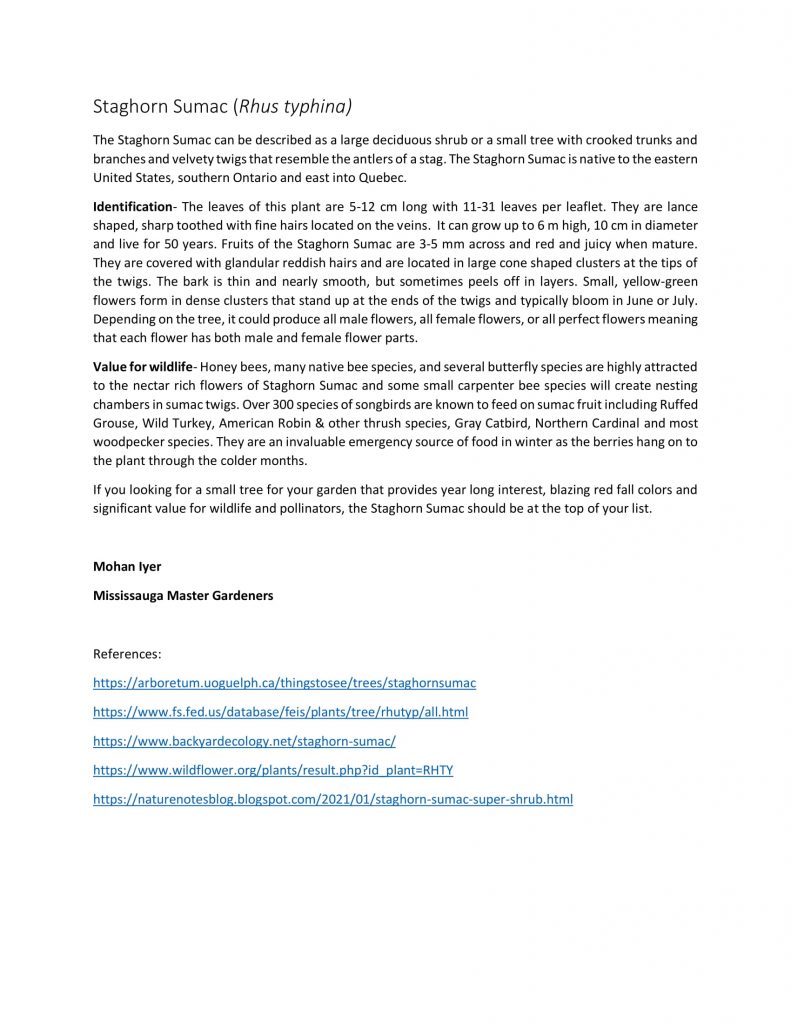


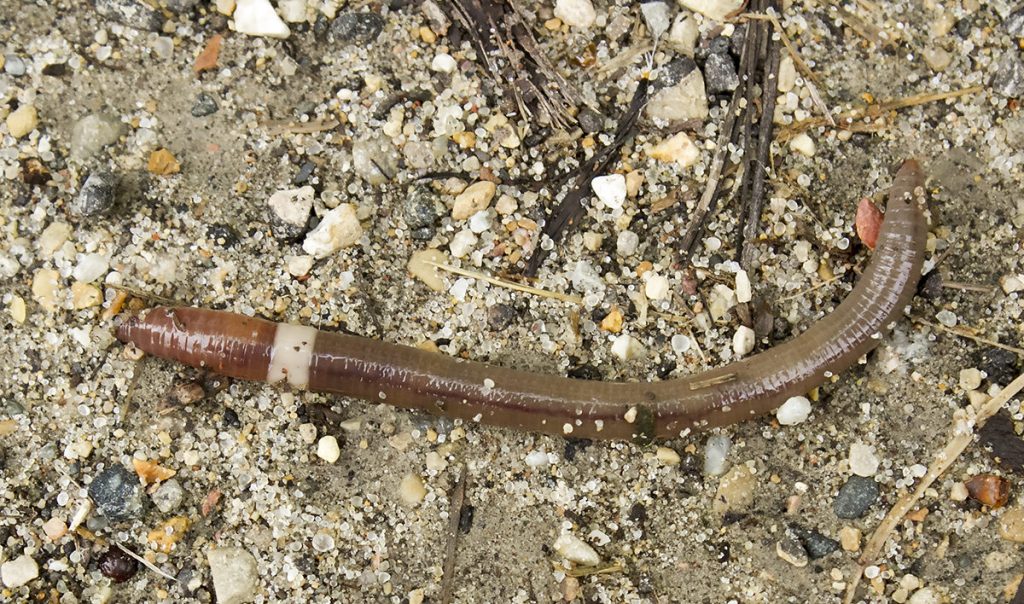
Source: Nature.Org
//blog.nature.org/science/2016/10/31/jumping-worm-the-creepy-damaging-invasive-you-dont-know/
Disturb a jumping worm and it’s like a nightcrawler on steroids: It violently writhes on the forest floor, recalling a snake in a bad horror movie. Try to catch it, a piece of its tail will detach in your hand — still wriggling as you hold it.
But put aside the creepy factor: jumping worms may be the next big threat to northern forests.
Jumping worms, consisting of various non-native species from multiple genera, have become established in a number of eastern and southeastern states. In 2013, species from the genus Amynthas were confirmed for the first time in the Upper Midwest, at the University of Wisconsin-Madison Arboretum.
In the forests and prairies of the Upper Midwest, the jumping worm could significantly alter habitats and decrease biodiversity. Why are they so damaging? And is there anything we can do to stop them?
You probably learned about the wonders of earthworms at an early age. They aerate the soil. They help your garden grow. And they catch fish. The humble earthworm is a creature to celebrate.

Overlooked in all this earthworm love is an important fact: in a significant portion of the North American continent, no native earthworms have existed since before the Ice Age. As such, forests and other habitats have evolved without them.
But people love earthworms. They indeed use them by the millions for fishing, and for composting, and to help gardens grow. And so the worms have been spread far and wide. Even areas with native earthworms have largely been taken over by non-native varieties. The common nightcrawler — familiar to anyone who has ever cast a bobber and hook — is a European species.
Earthworms have also spread into the northern habitats where worms have been absent for thousands of years. The hype is true: earthworms cycle through a lot of refuse, and fundamentally change the soil. This may be good in your backyard garden plot, but it’s not in the northern forest.
“Earthworms change the environment to suit their needs,” says Brad Herrick, ecologist and research program program manager at the University of Wisconsin-Madison Arboretum. “When they are introduced, they make a host of physical, chemical and biological changes to the soil environment.”
Essentially, worms turn the forest floor — a complex community of plants, invertebrates and microbes – into a completely different habitat.
The jumping worm, if established in the Upper Midwest, brings new threats. “We think the changes to native habitats will be similar to other earthworms but even more dynamic,” says Herrick.
You probably think of earthworms as living underground. But the jumping worm actually lives in the topmost layer of the forest floor — amongst the fallen leaves and other material that cover the soil. It eats that fallen organic material. And that’s the problem.
That leaf litter provides essential nutrients to the forest. Trees need long-lasting sources of nutrients. When jumping worms quickly turn leaves into very loose soil (resembling coffee grounds), they deprive trees of essential nutrients.
They thus can inhibit the establishment of tree seedlings. The altered soil is inhospitable to many native plant species. And that soil also disrupts the relationships between fungi and trees.
In short, the jumping worm could have profound effects on the overall forest ecosystem.
As with so many invasive species, they’re adaptable and difficult to stop. They’re parthenogenetic: they can reproduce without fertilization. The introduction of a single individual is enough to launch a jumping worm invasion.
The worms have an annual life cycle. They die in the fall, but leave tiny cocoons that spend the winter in the soil.
And they can be spread readily by human habits. Take their preferred habitat of fallen leaves. At this time of year, many people are raking leaves into a pile and setting them by the road to be picked up or converted into mulch. The worms — or their cocoons — are thus transported to new habitats. Compost and potted plants can also move the worms around.
“Unfortunately at this time, there are no good control measures,” says Herrick. “The important thing now is to the stop the spread. Everyone can help.”
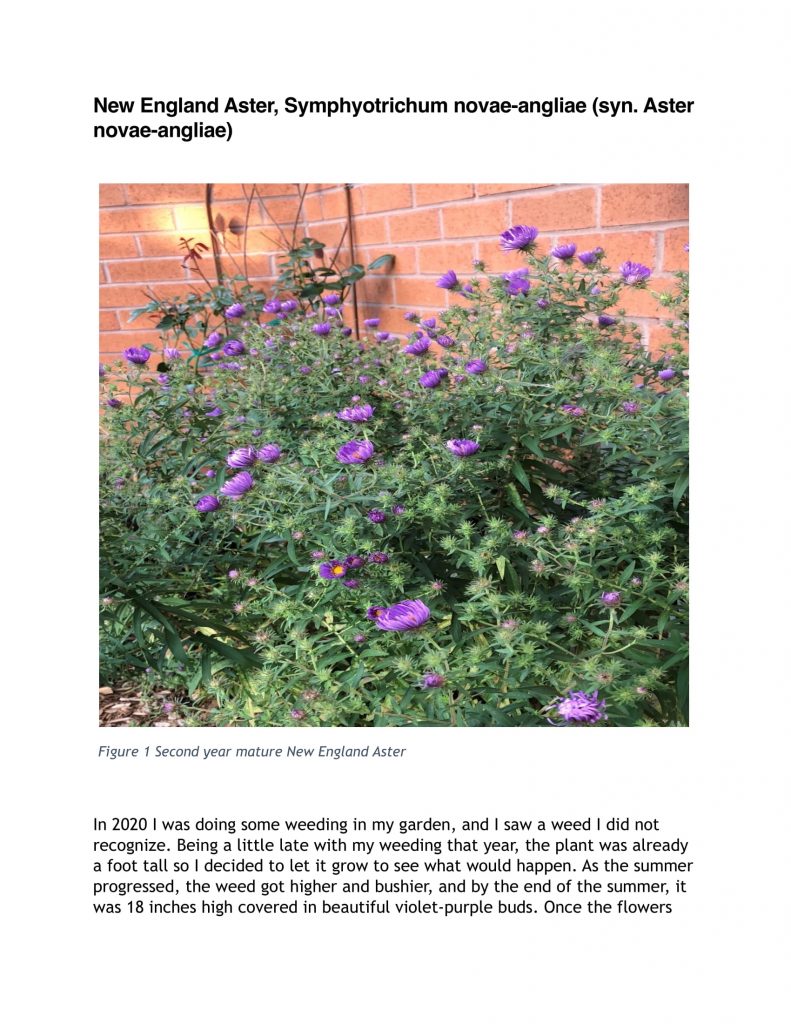
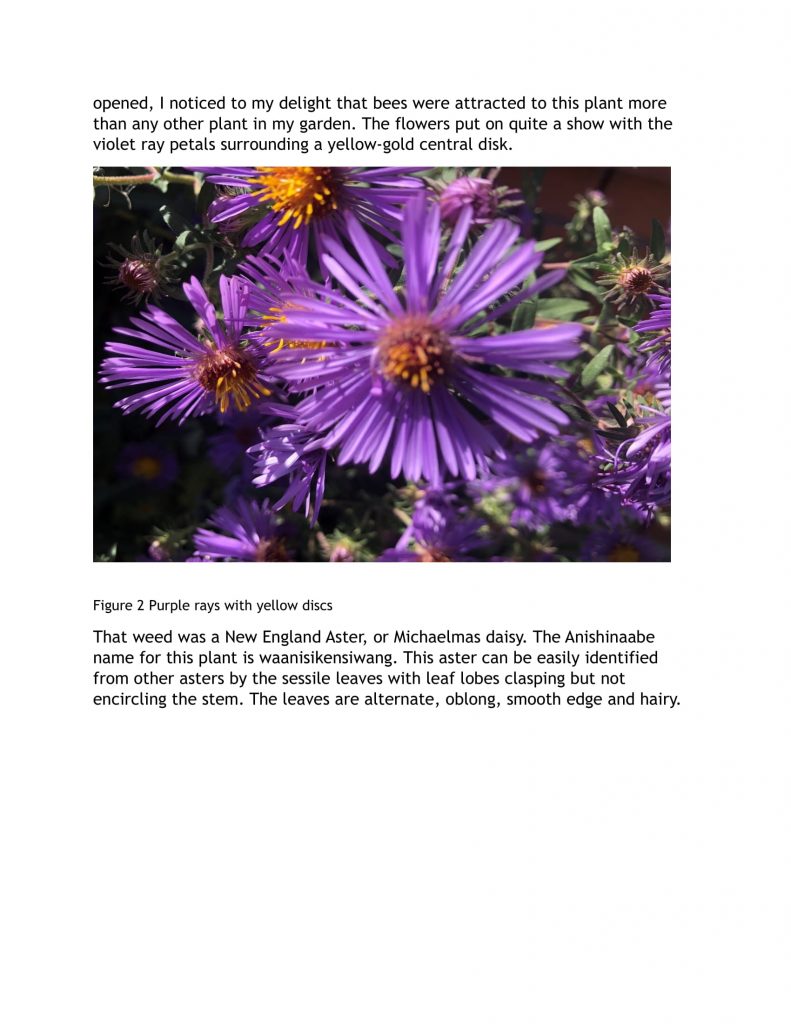
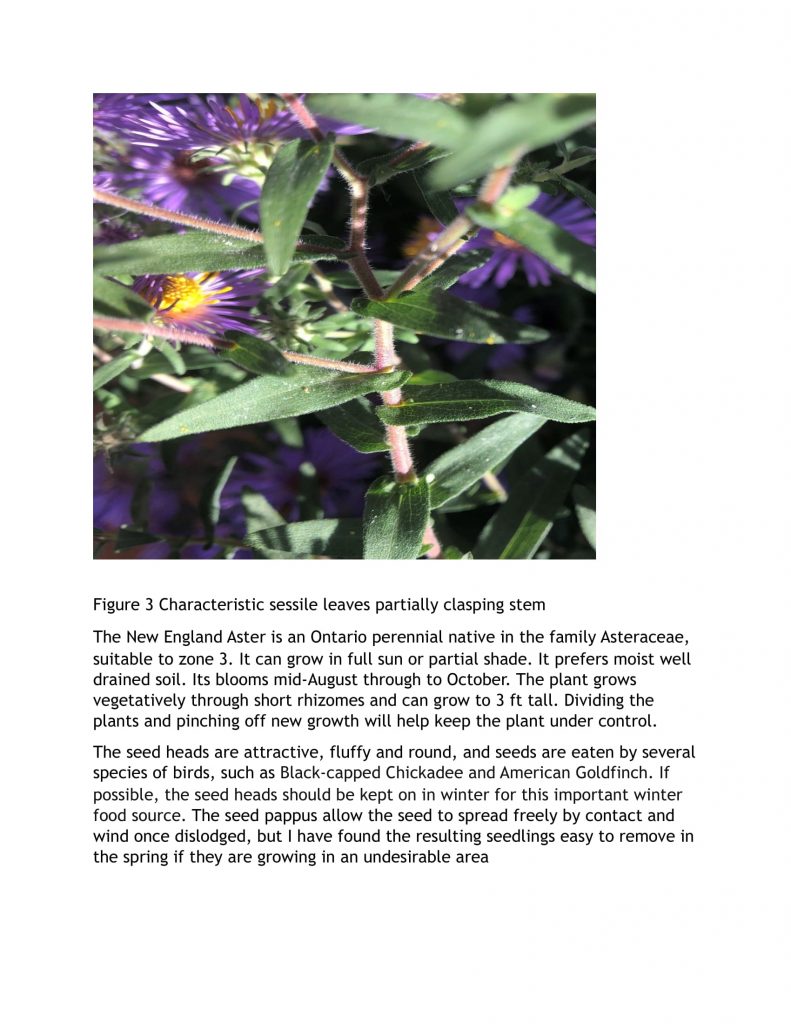
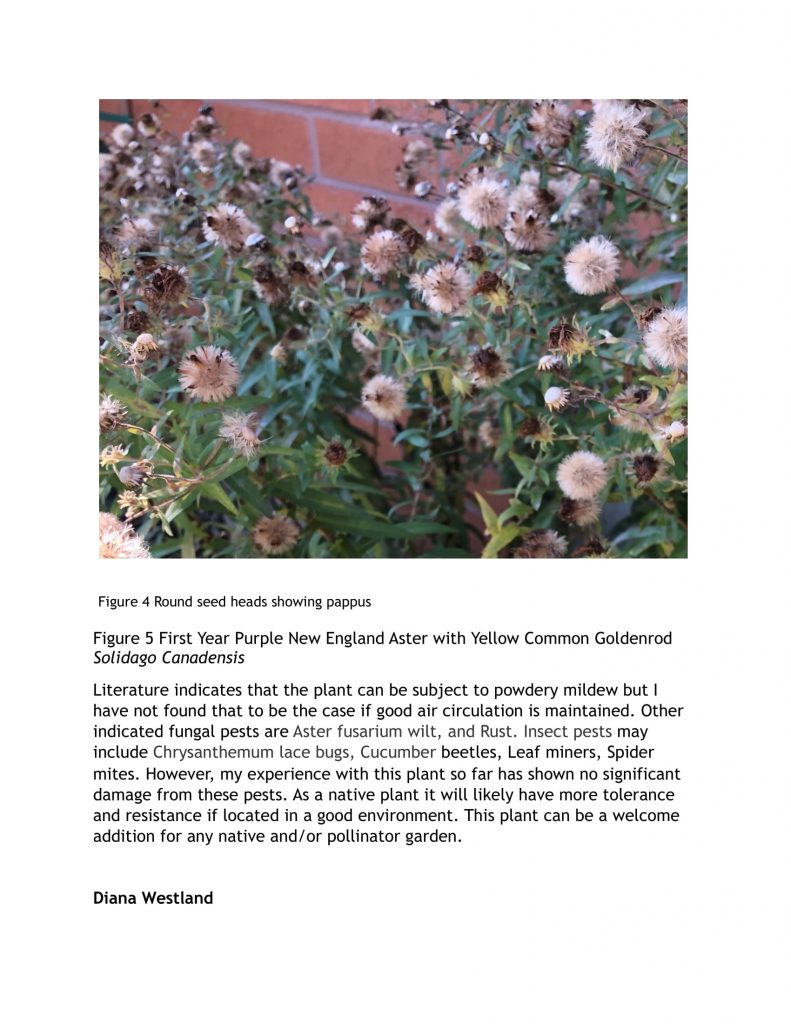

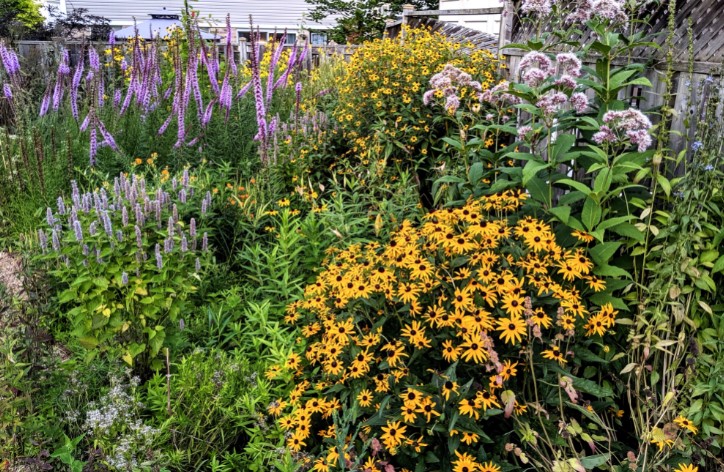
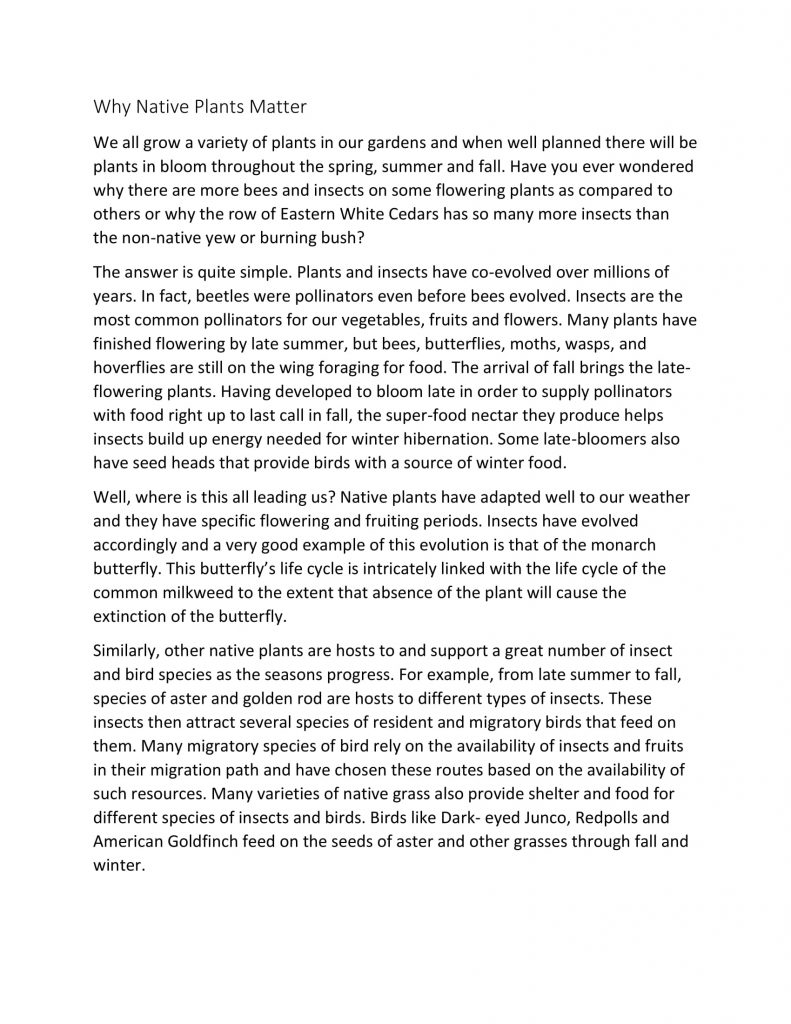
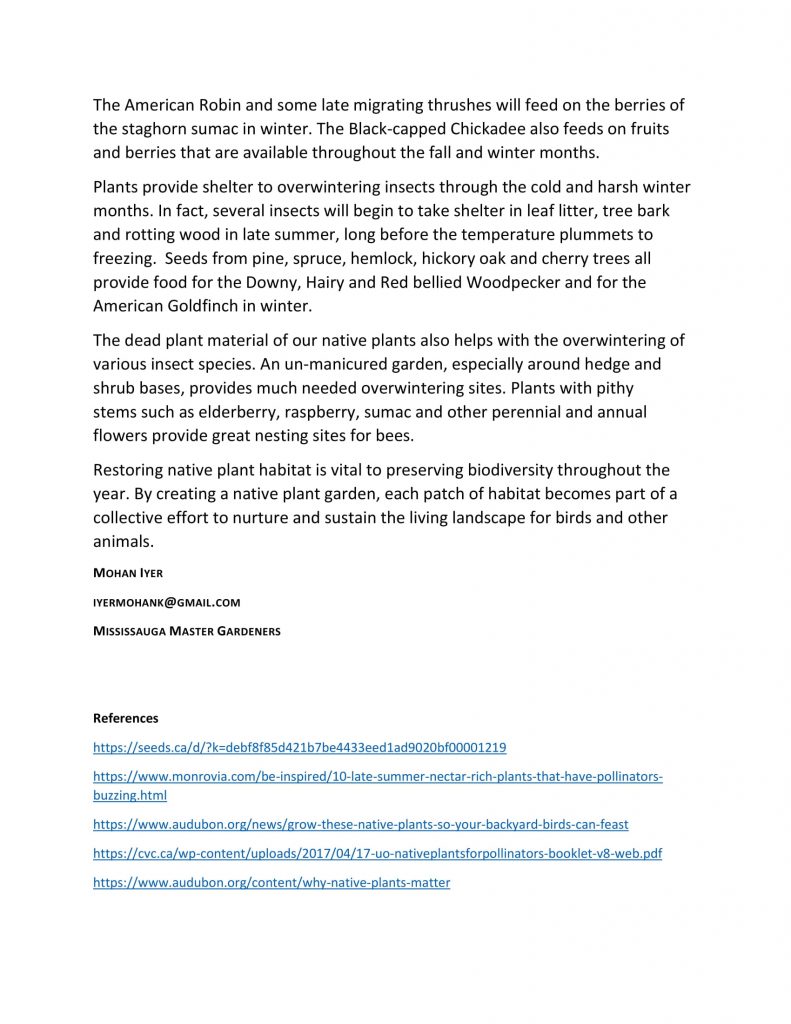
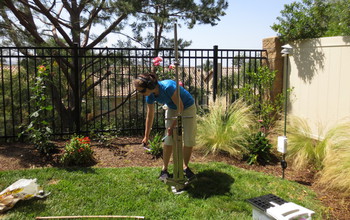
Photo courtesy of National Science Foundation
A friend of mine has spent over $15,000 in the last 4 years on his front yard and backyard- it is but natural to ask “Why?’”
His answer was “To grow a lawn,” or more specifically turf (here, turf is defined as the grass and the surface layer of earth held together by its roots). When I heard this, I was aghast!
Lawns are dead ecosystems. They are equivalent to concrete footpaths when it comes to their ecological contribution. Yet home owners in North America collectively spend billions of dollars trying to perfect the art of turf maintenance. What a marketing success, I must say.
Lawn was historically grown by the elites in Europe- especially in England and France. The climatic conditions there are well suited for the growth of grass. European colonizers (English and French) introduced grass to North America, among other places in the world.
In North America one had to be very affluent to be able to maintain large areas of turf. Before the invention of the lawn mower, maintenance required a substantial commitment of manual labour. Even today, some suburban homeowner’s associations fine homeowners for not maintaining their lawns according to set standards. This, after large academic studies show that that present day lawns are one of the best examples of unsustainable practices.
Lawns are monocultures which makes them biological deserts. Monocultures like lawns support very little in terms of species diversity. At the same time, they are easily susceptible to invasive species, diseases and other biotic outbreaks. To counter them we treat the lawn with a whole horde of chemicals. This clearly shows that the lawn cannot sustain itself and needs constant care- “lawn care”.
Not only that, lawns are the largest irrigated crops, contribute to runoff, consume a lot of energy (gasoline and electricity for maintenance machinery), and require chemical pollutants and toxins to keep them looking their best. Still, after all this work, lawns have very little ecological value.
Our standard lawn growing and maintenance practices are unsustainable and cause substantial degradation to the ecosystem. A study from the University of California-Irvine found that the total estimated greenhouse gas emissions from lawn care –which includes fertilizer and pesticide production, watering, mowing, leaf blowing and other lawn management practices–was four times greater than the amount of carbon dioxide stored by grass. In other words, our lawns and their maintenance generate four times the amount of carbon dioxide they absorb.
So, how do we go about fixing this problem? Well, all is not lost. There are various lawn alternatives that are ecologically friendly and help in creating a balance in the natural environment.
Imagine yourself as a tired insect or a bird and are looking at the landscape from a few hundred feet above. Where would you want to land? On a large green patch of grass that has very little to offer in terms of food and shelter? Or would you like to land on a patch that has cozy leaf litter for shelter, a few juicy herbaceous plants for nectar and berries, and a small watering hole to cool down? I know what I would choose.
This spring, when you step out into your backyard and start planning your garden maintenance program, pause. Take a step back. Think. Think of all the possibilities that you have, all the great options that are available to reduce the amount of lawn. Think of this as great opportunity, an opening to create an ecosystem, to create your own garden of Eden. Think of what you can do to bring nature back to your home, to your very own backyard.
MOHAN IYER
MISSISSAUGA MASTER GARDENERS
REFERENCES
HTTPS://EARTHER.GIZMODO.COM/LAWNS–ARE–AN–ECOLOGICAL–DISASTER-1826070720
HTTP://EMERALDREVIEW.COM/AMERICAN–LAWNS–POINT–OF–PRIDE–OR–ECOLOGICAL–DISASTER/
HTTPS://WWW.LOSETHELAWN.COM/LOSE_LAWN_ARTICLE.PHP

MMG Jeanne McRight, shown above with Ward One Councillor Stephen Dasko, as she receives her certificate.
“It’s such an honor to be nominated for Mississauga’s Ward One Award of Excellence for Environmental Stewardship,” says Blooming Boulevards founder Jeanne McRight.
Jeanne’s non-profit organization Blooming Boulevards has as its focus pollinator support and community education. “By growing locally indigenous wildflowers on our urban boulevards – normally planted with high-maintenance grass – we are providing food and nesting spaces for our 400 species of native bees. These bee species are declining at precipitous rates, with one species common just a decade ago now the on the endangered list. Loss of habitat is a major reason. It makes sense to replace grass with pollen-laden and nectar-rich flowers that feed butterflies and bees. And along the boulevards, up close and personal, the beautiful streetscapes feed our souls.” Blooming Boulevards got its start in early 2019, but its outreach program has already made its mark with several residential pollinator gardens already planted, as well as community pollinator gardens underway in the Small Arms Society lands and, most recently, Spruce Park. Projects well worthy of Environmental Stewardship commendation!
Learn more about Jeanne’s important work here: BloomingBoulevards.org
Volunteers always welcome! Several other Mississauga MGs are lending their support to this great organization.